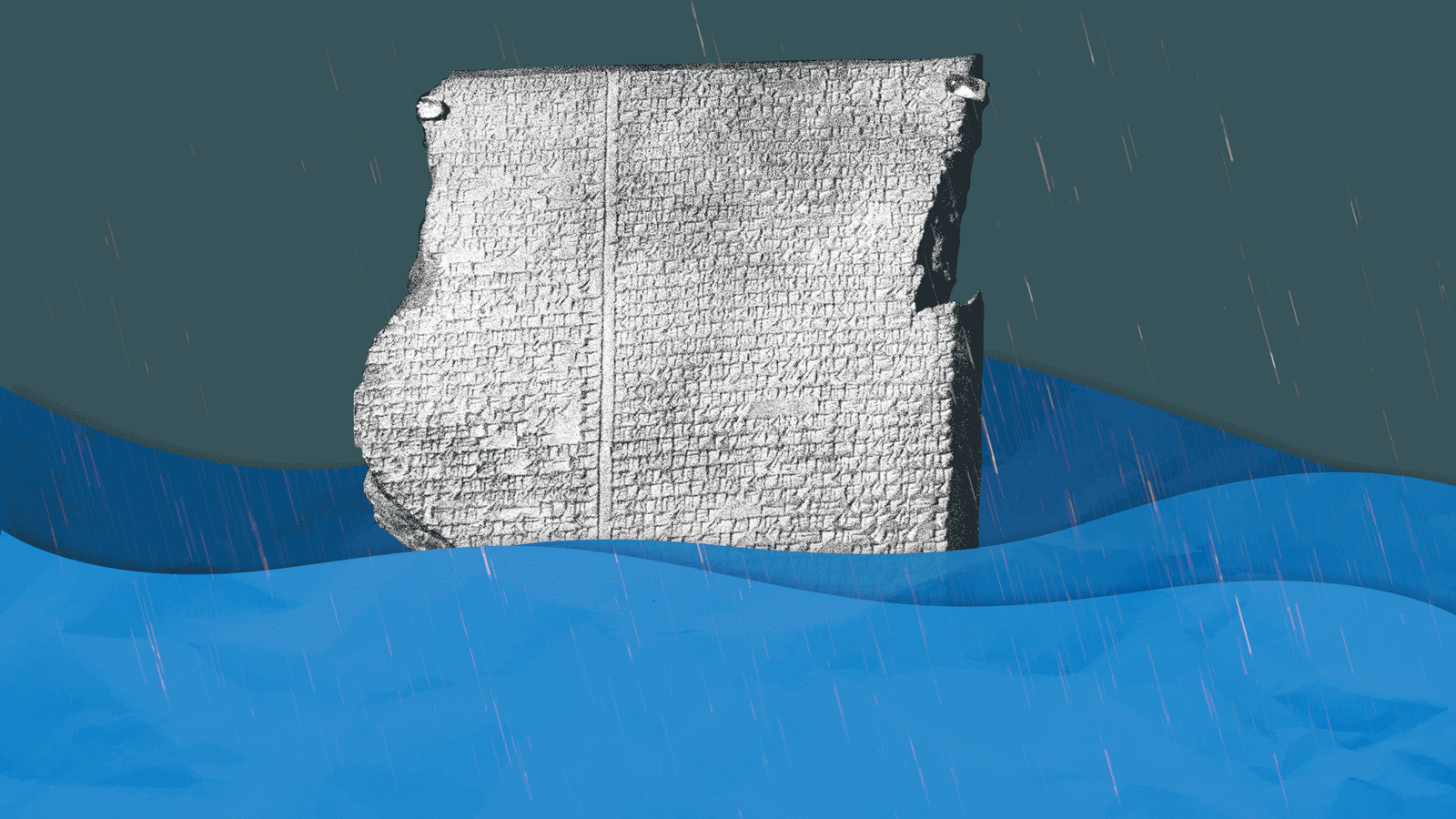Fake news is one of the catchphrases and new realities of the Trump presidency. While the public is misled by fake stories, politicians dismiss credible inquiries and investigations as “fake news.” It might seem like we live in an Orwellian era of doublespeak but a new study from a University of Cambridge academic claims to have found the earliest example of fake news on some 3,000-year-old clay tablets.
The ancient text in question is part of the Epic of Gilgamesh, which contains an earlier version of the flood story retold in the Bible. When Gilgamesh was first discovered in the late 19th century it caused a media sensation: though the characters had different names and the gods are more deceptive than the God of the Bible, all of the basic plot elements of the two flood stories are the same. People heralded it either as evidence for the historical reality of the great flood or as a sign that the ancient Israelites had copied (you might say “stolen”) the mythology of the ancient Babylonians.
Now, Dr. Martin Worthington, a Fellow of St. John’s College, Cambridge, has offered a new analysis of the flood story. According to Worthington, the god Ea uses “fake news” or doublespeak to trick the Babylonian Noah, Uta–napishti, into building the Ark. The statement that Ea makes (“ina šēr(-)kukkī / ina lilâti ušaznanakkunūši šamūt kibāti”) is usually translated as a promise that God “will rain down upon you a shower of wheat.” All of which sounds unusual but, for ancient people who worried about harvests and grain supply, pretty great. In his new book on the subject, Worthington argues that the verses can also be translated as “ he will rain down upon you rain as thick as (grains of) wheat.” A similar statement, but crucially different. What seems to be happening here is that Ea is using the linguistic ambiguities in order to manipulate humanity into building the Ark. It’s a somewhat deceptive play on words.
The reason for this, Worthington argues, is that in ancient Mesopotamian mythology the gods need human beings in order to get fed. When humans sacrifice animals and burn their bodies, the scent of the burning animals rises to the heavens and the gods feed on it like flies. Ea has Uta-napishti build the Ark in order to preserve human life and his own food supply. It’s for this reason that Ea has Uta-napishti take animals on the Ark: it’s so they can be sacrificed to him later on.
The characterization of the main deity and its relationship to human beings is the main difference between the flood story in Gilgamesh and the version in the Bible. In the Epic of Gilgamesh, the gods decide to drown humanity because they are too loud. God also commits genocide in the book of Genesis, but his motivation is to punish human wickedness and bad behavior, rather than mere irritation. Moreover, in the Hebrew Bible, God doesn’t trick Noah into building the Ark: he rewards him for good behavior by warning him of the impending flood and destruction.
None of this means that fake news is somehow “divine.” The God of the Old (and New) Testament—unlike ancient Near Eastern, Greek, and Roman deities—generally doesn’t engage in this kind of slightly underhand conversational style. God may be jealous, fierce, swift to exact judgment, and occasionally penitent but he doesn’t try to trick you. An exception to this rule might be Mark 10, in which Jesus asks the sons of Zebedee if they can drink from the same cup as him. They say that they can but it’s not clear that they understand that “cup” is a euphemism for slow agonizing death. To be fair to Jesus, though, this is largely because they weren’t paying attention. If you want to engage in fake news you’re much more like a Babylonian god than the Judeo-Christian one.






